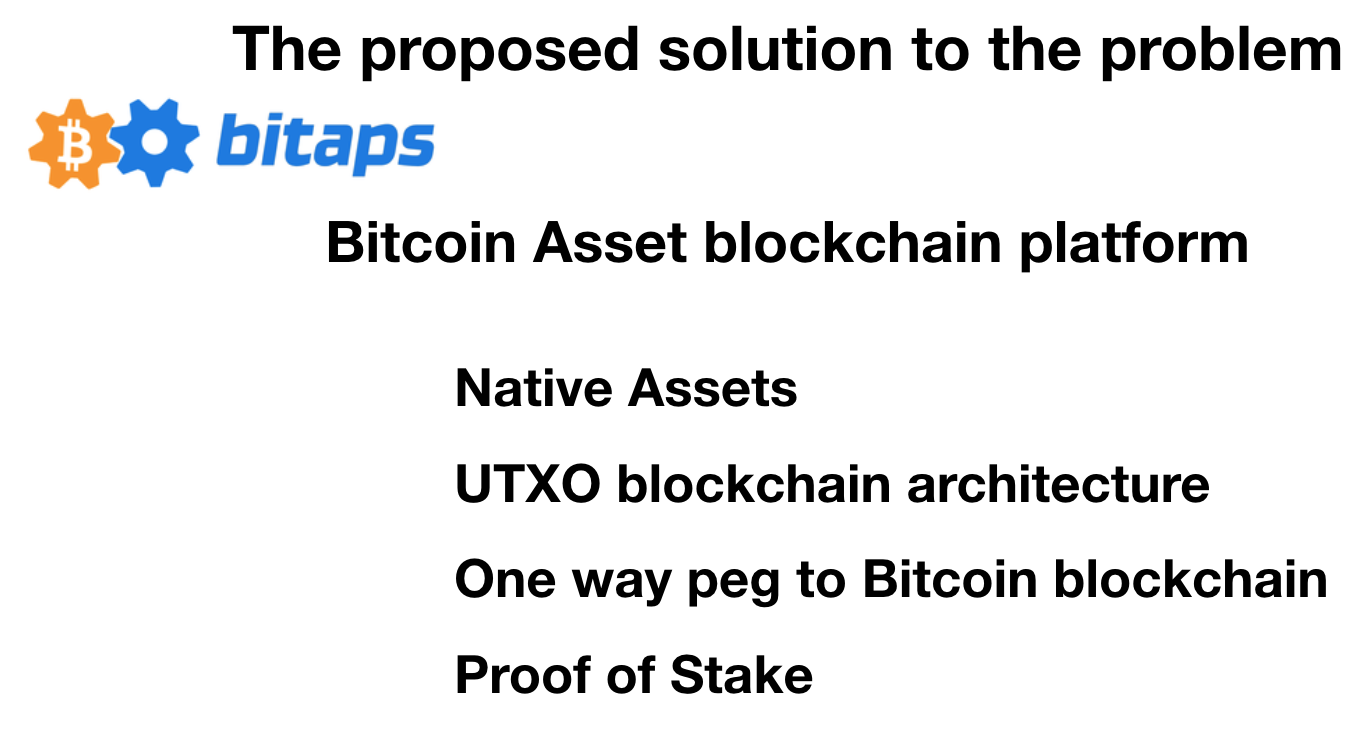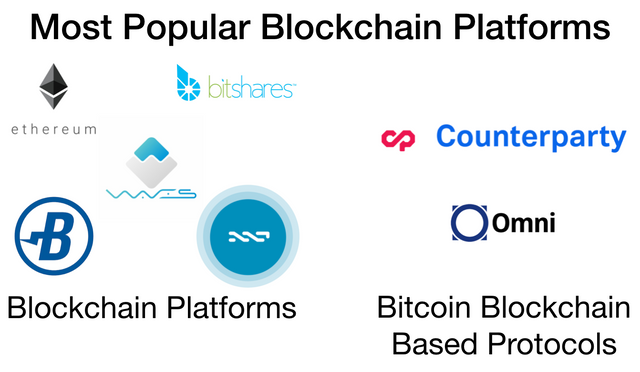Bitcoin Asset Sidechain: The Evolution of Blockchain Assets
Cyber•Fund is introducing a series of publications that provide an overview of some of the best speaker topics we’ve hosted at our meetups. Alexey Karpov—co-founder of Bitaps based out of Moscow, Russia—just presented his latest project: Bitcoin Asset Network. His project takes Bitcoin and expands its’ protocol by extending the script language. As stated in the white paper of his project, “A further evolution of the asset systems of the blockchain is a direct processing of all assets without introducing an additional level of complexity by embedding assets in the transaction.”

Tokens
As cryptocurrencies have developed a recent widespread surge of popularity, many various tokens in addition to Bitcoin and Ethereum have been created. Since private Blockchain platforms do not provide profitable business models, various systems began to be developed to create and issue tokens on a public Blockchain. According to CoinMarketCap, Ethereum makes up the majority of the 7.5 billion dollar total market capitalization that includes other tokens on public Blockchains such as: Waves, Omni, Bitshares, Nxt, Counterparty and Burst. Counterparty and Omni are two unique names among this group because they do not represent individual platforms, but rather are metaprothols based on the Bitcoin platform.

According to Karpov, the use of assets and tokens is not strictly related to and should not solely be associated with the ever-so-popular ICO. Tokens are used in P2P payments between two participants of a system, merchant payment processing where a seller needs to receive a payment, payroll and the distribution of mass payments and the simple exchange or sharing of tokens. It is also important to note that sometimes problems arise during the exchange of tokens. P2P payments often present additional complications because the parties involved in the transaction need to use the currency that corresponds to the Blockchain network they use to conduct the transaction.

Blockchain Architecture
Two types of blockchain architecture currently exist: account based as used in Ethereum and UTXO (Unspent Transaction Output) as used in Bitcoin. Account based architecture involves an account with a specific address and balance. The account has its’ own state and the balance can be changed as a result of any transaction that occurs on the network. The major disadvantage of account based architecture is an overall lack of parallelism. Transactions are not interconnected, which means that users can repeat previous transactions. Account based architecture is inefficient; it lacks the ability to distribute several payments in one transaction. Additionally, since the tokens are built into the transaction, any token on Ethereum will become a built-in piece of information inside the Ethereum transaction. On the other hand, the main issue with UTXO architecture is a lack of a concept of state. The entire Blockchain consists of chains of transactions that all have the unspent input and output of another transaction. The problem of parallelism is eliminated by this approach, however, it does not define whether or not a coin has been spent.

Karpov’s Bitcoin asset blockchain platform provides a solution to the problems associated with account based and UTXO blockchain architectures. See the white paper of his project for a more detailed analysis. Since a new blockchain is being created, modern technologies remain applicable without the need for a hardfork or softfork. To access Karpov’s Bitcoin Asset Improvement Proposal on Github, use the following link: BAIP.
You can further support the development of Karpov’s project here: 1Bitapsw1aT8hkLXFtXwZQfHgNwNJEyJJ1
For more information please contact: [email protected]